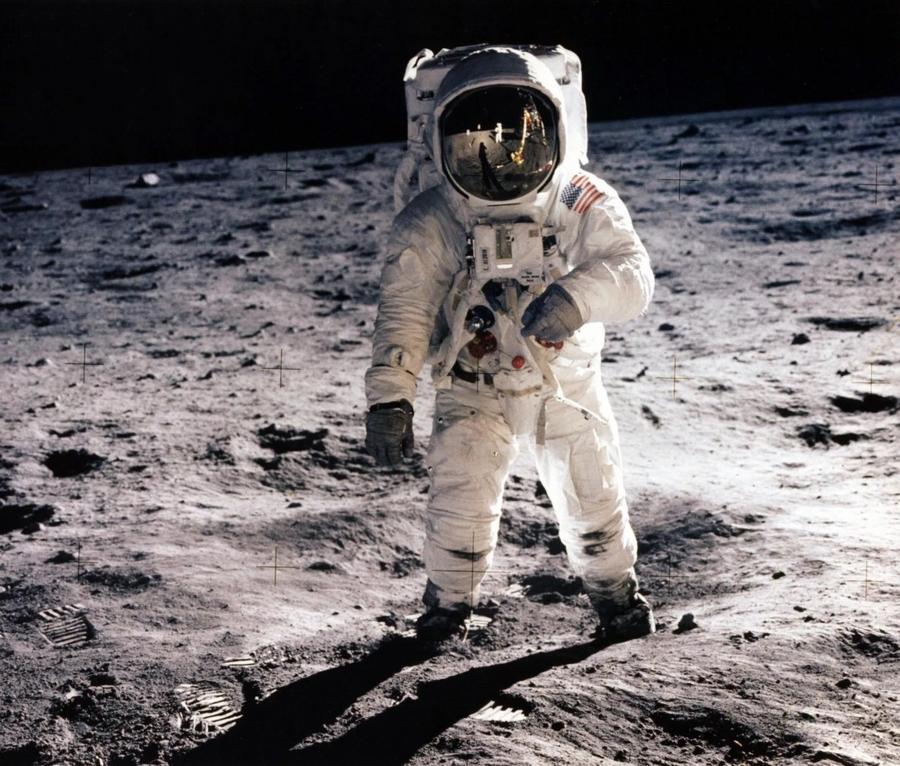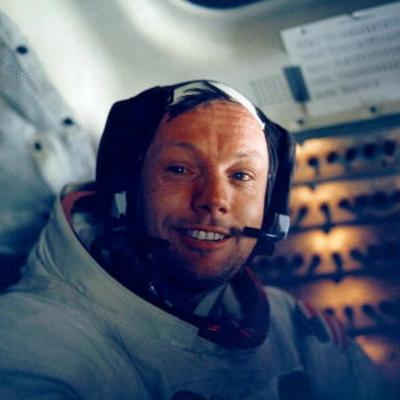Neil Armstrong at a Glance
- Categories: Business, Business > Executives
- Net Worth: $8 Million
- Birthdate: Aug 5, 1930 - Aug 25, 2012 (82 years old)
- Birthplace: Auglaize County
- Gender: Male
- Profession: Astronaut, Engineer, Naval Officer, United States Naval Aviator, Voice Actor, Professor, Aerospace Engineer, Test pilot
- Nationality: United States of America
- Height: 5 ft 10 in (1.8 m)
Neil Armstrong: The Net Worth and Legacy of the First Man on the Moon
Early Life and Education
Neil Armstrong, a name synonymous with courage, exploration, and human achievement, was born on August 5, 1930, in Wapakoneta, Ohio. His journey from a small-town boy to the first human to walk on the moon is a testament to his exceptional talent and unwavering dedication. His parents, Viola and Stephen Armstrong, instilled in him a strong work ethic and a curiosity for the world around him. Growing up, Armstrong’s family moved frequently due to his father’s work as an Ohio state auditor, exposing him to diverse environments and experiences. Despite the frequent relocations, Armstrong excelled academically and developed a keen interest in aviation.
At the age of 16, he obtained his student flight certificate, a pivotal moment that solidified his passion for flying. He later enrolled at Purdue University to study aeronautical engineering, laying the foundation for his future career as a pilot, engineer, and astronaut.
Naval Service and Korean War
Armstrong’s path took a turn when he became a midshipman in the U.S. Navy in 1949. The following year, he qualified as a naval aviator. This marked the beginning of his active involvement in military service. During the Korean War, Armstrong bravely served as a fighter pilot, flying the Grumman F9F Panther from the USS Essex aircraft carrier. His combat experience showcased his piloting skills and his commitment to defending his country. During a bombing run, his aircraft was damaged after colliding with an anti-aircraft cable. He skillfully managed to bring the plane back to base. His bravery earned him the Air Medal, two gold stars, the Korean Service Medal, the National Defense Service Medal, and the United Nations Korea Medal.
After completing his active duty, Armstrong transitioned to the United States Navy Reserve, where he continued to serve as an ensign for eight years.
Postwar and Test Pilot Career
Following his military service, Armstrong returned to Purdue University to complete his bachelor’s degree in aeronautical engineering, graduating in 1955. This marked the next phase of his career. He then embarked on a career as a test pilot at the National Advisory Committee for Aeronautics (NACA)’s High-Speed Flight Station, later known as Edwards Air Force Base in California. As a test pilot, Armstrong gained valuable experience flying a wide variety of aircraft. He was the project pilot on Century Series fighters. His skills and experience were instrumental in pushing the boundaries of aviation technology. Over his career, Armstrong piloted over 200 different types of aircraft.
In 1958, with the advent of the space age, Armstrong joined the newly formed National Aeronautics and Space Administration (NASA), which absorbed the NACA.
The Astronaut Program and Gemini 8
The 1960s ushered in a new era for Armstrong. In 1960, he was selected to participate in the X-20 Dyna-Soar program, a military space plane development project led by Boeing. Two years later, he was chosen by the U.S. Air Force as one of seven pilot-engineers to fly the vehicle. Then, in 1962, Armstrong formally applied to become an astronaut. His application was accepted, and he became part of NASA’s burgeoning astronaut corps. His first spaceflight came in 1966 as the command pilot of Gemini 8. This mission marked a significant milestone as he performed the first successful docking of two spacecraft with pilot David Scott. He also served as a backup command pilot for Gemini 11, further solidifying his reputation as a skilled and reliable astronaut.
Apollo 11: One Giant Leap for Mankind
After his role as backup commander for Apollo 8, Armstrong was offered the position of commander for Apollo 11 in 1968. This was the moment that would define his legacy. On July 20, 1969, Armstrong, along with pilot Buzz Aldrin, landed on the Moon in the Apollo 11 Lunar Module. The world watched with bated breath as Armstrong took his first step onto the lunar surface, uttering the iconic words: “That’s one small step for man, one giant leap for mankind.” It was a moment that symbolized the culmination of years of scientific advancements, engineering feats, and human ambition. Armstrong’s calm and collected demeanor under pressure, his exceptional piloting skills, and his unwavering dedication to the mission made him the perfect choice to lead the historic lunar landing.
Upon returning to Earth, the astronauts were quarantined for 18 days to ensure they hadn’t picked up any diseases. They were celebrated across the globe with a 38-day “Giant Leap” tour. Armstrong, Aldrin, and Michael Collins were awarded the Presidential Medal of Freedom.

Creative Commons/Public Domain
Post-Apollo Career and Later Life
Following the triumph of Apollo 11, Armstrong announced his retirement from spaceflight soon after the mission. In 1971, he left NASA, transitioning to academia and becoming a professor in the Department of Aerospace Engineering at the University of Cincinnati. There, he imparted his knowledge to students by teaching courses on aircraft design and experimental flight mechanics. He left the University in 1980. His expertise was sought after. In 1986, Armstrong was appointed to Ronald Reagan’s Rogers Commission, which investigated the tragic explosion of the Space Shuttle Challenger. Throughout his post-Apollo career, Armstrong continued to be a public figure, serving as a spokesman for several businesses.
He also served on the boards of directors of various companies, including Gates Learjet, the Cincinnati Gas & Electric Company, Taft Broadcasting, United Airlines, and Thiokol.
Personal Life and Family
In 1956, Neil Armstrong married Janet Elizabeth Shannon. Together, they had three children: Eric, Karen, and Mark. The couple faced personal tragedy when their daughter Karen was diagnosed with cancer. She died in 1962. Armstrong and Janet divorced in 1994. Years later, Armstrong married Carol Held Knight, whom he met at a golf tournament. The couple resided in Indian Hill, Ohio.
In 2012, Armstrong underwent bypass surgery to treat his coronary artery disease, but he later passed away due to complications. His legacy was honored with a tribute at Washington National Cathedral, and his ashes were scattered in the Atlantic Ocean from the USS Philippine Sea.
Legacy and Net Worth
At the time of his death in 2012, Neil Armstrong’s net worth was estimated to be $8 million, adjusted for inflation. This figure reflects his earnings from his time as an astronaut, test pilot, university professor, corporate board member, public speaker, and author.
The Armstrong family later auctioned off some of his most prized possessions, which included childhood mementos and items from the Apollo 11 mission, earning approximately $12 million. His assets were placed in a trust. Armstrong’s legacy extends far beyond his financial worth. As the first human to walk on the Moon, he inspired generations of scientists, engineers, and explorers. His name has become synonymous with courage, innovation, and the boundless potential of human exploration. His impact on society continues to resonate today, reminding us of what humanity can achieve when we dare to reach for the stars.
Conclusion
Neil Armstrong’s life was a testament to the power of human ambition and the pursuit of knowledge. From his early fascination with aviation to his historic walk on the Moon, his journey inspired the world. Armstrong’s legacy as an astronaut, test pilot, and public figure will continue to inspire future generations. His net worth, though a reflection of his professional success, pales in comparison to the impact he had on humanity and the world.

